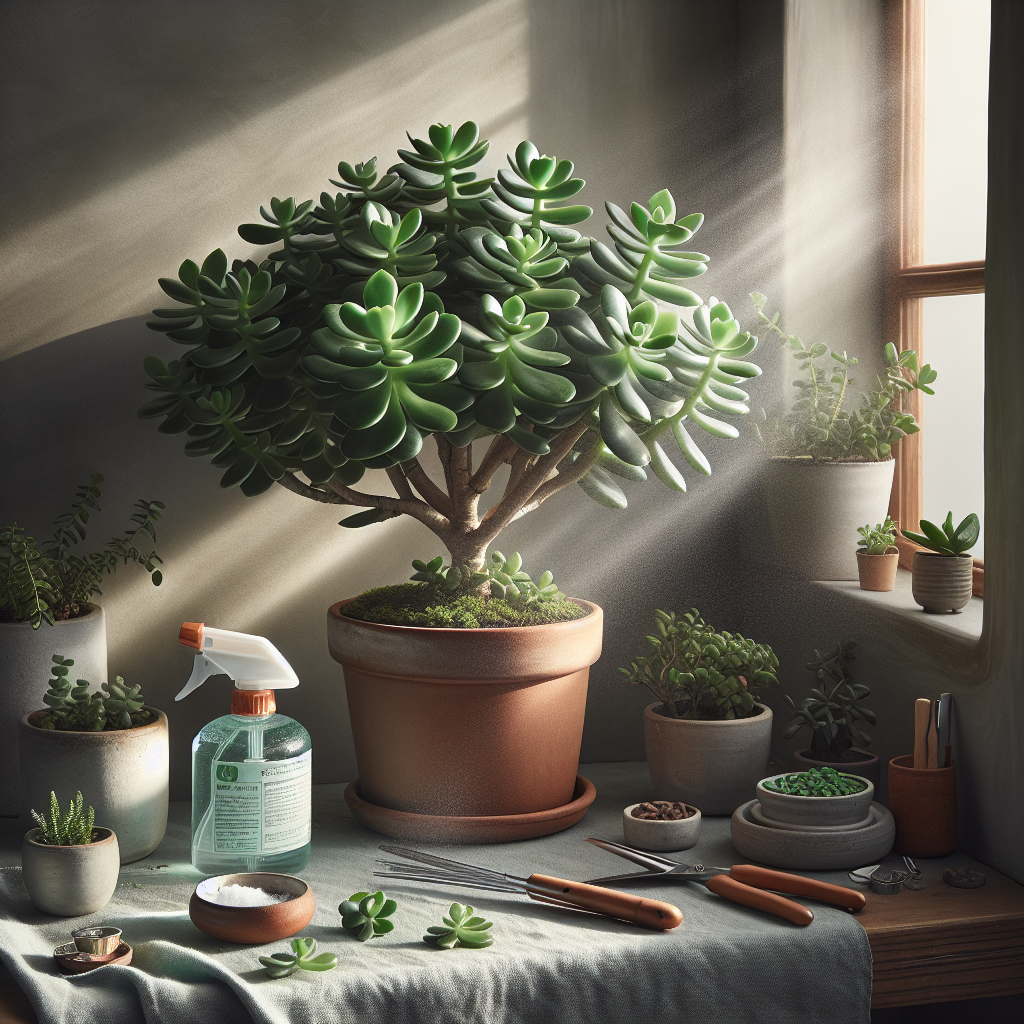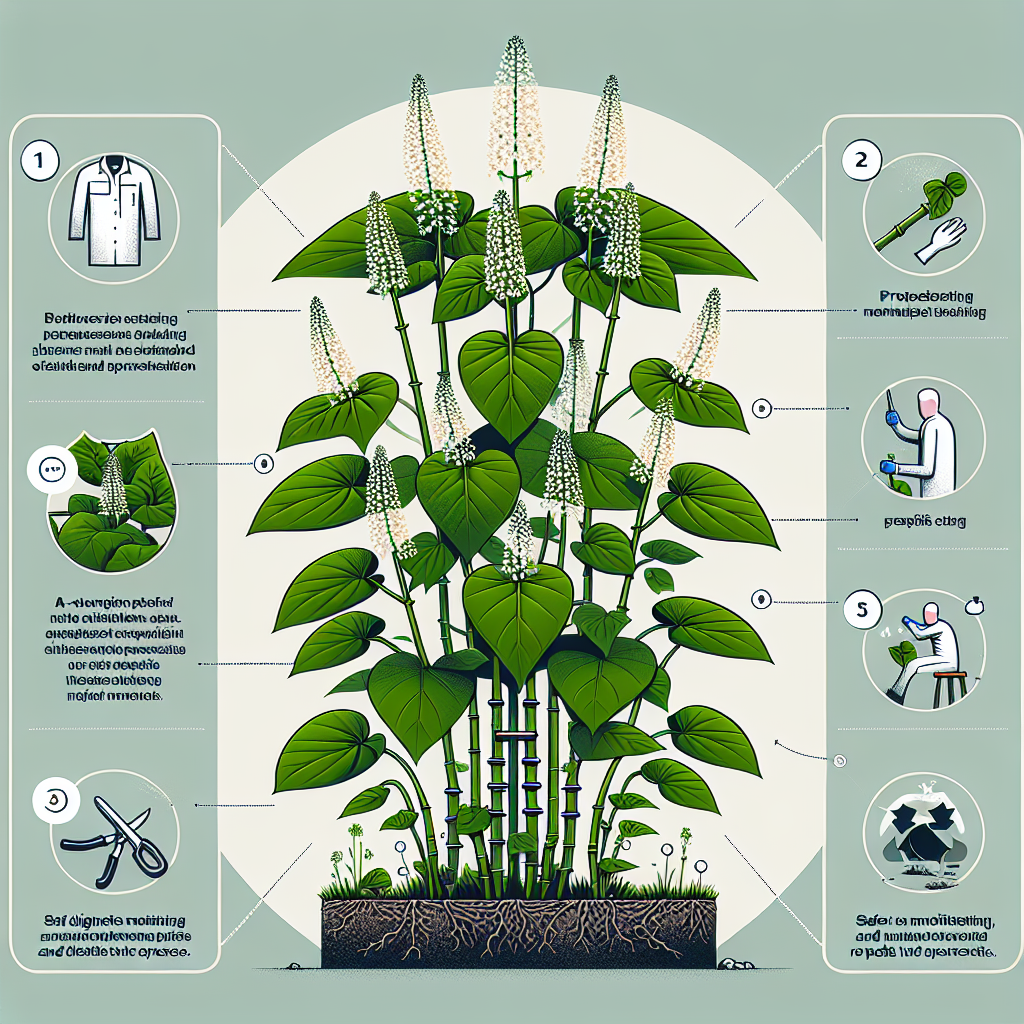Preventing Oak Gall in Shady Gardens
Updated June 26, 2024 at 12:17 am
Discover proven strategies to protect your shady garden from the bane of oak galls, ensuring the health and beauty of your oaks and the surrounding flora.

Understanding Oak Gall: Identification and Impact
If you're noticing unusual growths on your oak trees, it's possible you're dealing with oak gall. These growths, caused by tiny wasps laying eggs on the tree, can range from pea-sized to larger, more conspicuous galls. While most galls won't severely harm your tree, they can be unsightly and, in worse cases, can lead to leaf loss and branch weakness.
To identify oak gall, look for rounded, sometimes irregular protrusions on leaves, stems, or branches. They commonly appear in warmer months, as this is when the gall-inducing wasps are most active. The impact on the tree can vary, but understanding what you're looking at is the first step to managing this garden issue effectively.
Creating a Preventative Environment Against Oak Gall
Preventing oak gall starts with fostering a healthy garden environment. Ensuring your trees are healthy and stress-free can reduce the likelihood of infestation. Regular watering, proper fertilization, and annual pruning go a long way toward creating an inhospitable environment for gall wasps. Additionally, you might want to research introducing beneficial insects like predatory wasps into your garden, which can help keep the gall wasp population in check.
Maintaining biodiversity in your garden can also be beneficial. Diverse plant life attracts a range of insects and birds that naturally manage pest populations. Companion planting can help, as certain plants can either deter pests or draw them away from your oaks. Consider adding these friendly flora to your garden as natural protectors for your oak trees.
Effective Treatment Options for Gall Infestation
If prevention hasn't quite hit the mark and you notice an infestation, there are effective treatments you can consider. One of the most recommended is the application of horticultural oil or insecticidal soap, which can smother the larvae before they mature. It's crucial to apply these treatments at the right time, so monitoring your garden for the earliest signs of galls is key.
Neem oil is another organic option, praised for its effectiveness against a variety of pests while being safe for pollinators when used correctly. Always follow the instructions on these products, and remember that timing is critical—the treatment needs to hit the wasps at the larval stage, which is usually in early spring as the buds begin to open.
Chemical Control Measures: When to Use Them
While organic methods are preferable for many gardeners, there are times when chemical controls might be considered. This is especially true in cases of severe infestation where other methods haven't been successful. Systemic insecticides, for example, can be effective but also come with a risk of impacting other insects, including pollinators.
If you opt for a chemical solution, it's crucial to apply it during the larval stage. You might also consider consulting with a local arborist or extension service to ensure you're choosing the best product for your particular situation. They can offer tailored advice and ensure that your treatment plan minimizes harm to other garden inhabitants.
Selecting and Using Products: Recommendations Based on Reviews
When turning to products to treat oak gall, consider options like Bonide All Seasons Horticultural and Dormant Spray Oil. Based on numerous reviews, it's clear that users have found this product to be a versatile solution, effective against a range of pests and diseases without being overly harsh on the environment.
According to gardeners who've used it, this spray oil can protect your trees not just from gall wasps but from overwintering eggs of other pests as well. It's suitable for use throughout the garden, making it a valuable addition to your gardening toolkit. Always check the label to ensure it's suitable for your specific needs and applied at the correct time of year.
- Effective at controlling a broad spectrum of pests
- Safe for use on a variety of plants
- Can be used as both a dormant and growing season oil
Cons
- Must be applied meticulously to be effective
- Can be harmful to beneficial insects if not used correctly
- Weather conditions can affect the timing and effectiveness of application
Find This and More on Amazon
Hands-On Strategies: Physical Removal and Good Gardening Practices
Part of managing oak gall involves hands-on strategies, like the physical removal of galls from your oak trees. This can be a simple, immediate way to reduce the number of wasps that emerge in the future. However, it's a method that requires diligent disposal. Do not simply leave the galls on the ground, as this will allow the lifecycle of the wasps to continue.
Another excellent practice involves nurturing your soil's health. Utilizing organic mulch, compost, and ensuring that the pH levels are in the right range for oaks can significantly improve their resistance to pests. Healthy soil encourages a strong root system, leading to a more robust tree that can better fend off the stressors that come with gall infestation.
Long-Term Management: Monitoring and Maintaining Tree Health
Finally, long-term management of oak gall involves regular monitoring. During your routine garden inspection, keep an eye on the oaks for early signs of galls or any changes in leaf color, shape, or texture. This early detection paired with immediate action can save you a lot of trouble down the line.
Lastly, seasonal maintenance such as watering during drought, providing winter protection, and replenishing mulch can go a long way. Remember that a sturdy, flourishing oak is your best defense against gall infestation, so your primary focus should always be on overall tree health.
Complementary Care for Oak Trees
While addressing oak gall, consider the general care needs of your oaks and other shady garden plants. Understanding their light requirements, which is elaborately discussed in articles like Growing Peace Lilies Indoors, and applying that knowledge to outdoor shade-tolerant species can make a difference in your tree’s resilience.
Similarly, being attentive to watering and humidity needs, akin to those provided in Nurturing Ivy in Low Light, can ensure that your plants are not just surviving but thriving, which bolsters their defenses against pests and diseases.
The Role of Companion Planting in Garden Pest Management
In the fight against oak gall, don’t underestimate the power of companion planting. Certain plants can deter pests or attract their natural predators. For example, marigolds are known to repel various garden pests, while plants like dill and fennel attract beneficial insects that can help control gall wasp populations.
Companion planting can be a subtle yet powerful tool in creating a balanced eco-system in your garden. For an in-depth understanding of companion plants, check out resources like Creating a Pollinator-Friendly Vegetable Garden, which underscores the importance of plant relationships in garden success.
Biological Control Agents: Harnessing Nature's Defenders
Emphasizing biological controls in your garden presents an environmentally friendly option to curtail oak gall issues. Introducing natural enemies of the gall wasps, such as certain birds or predatory insects, can be an effective part of your pest management strategy. Birds such as chickadees and titmice consume vast numbers of insect pests and their larvae, providing natural control without chemical intervention.
For optimal results in attracting avian allies, consider setting up bird feeders or nesting boxes to encourage their presence. Additionally, planting native species may attract specific predatory insects and parasitoids that target gall wasps. By encouraging a biodiverse ecosystem, you cultivate a natural defense mechanism against oak gall invaders.
Physical Barriers: How Netting and Tree Bands Protect Your Oaks
Physical barriers, such as netting or tree bands, offer another avenue for protecting your oak trees from gall-forming pests. By draping fine mesh netting around susceptible parts of the tree during peak egg-laying periods, you can block wasps from reaching the leaves or stems to deposit their eggs. This is a particularly useful tactic for young trees or smaller specimens that can be fully covered.
Sticky bands wrapped around the trunk can also trap wasps as they climb up the tree, preventing them from reaching the branches to lay eggs. Just remember to replace the bands regularly and dispose of them carefully to prevent the wasps from escaping and re-infesting the tree.
The Importance of Sanitation in Gall Management
A critical, often overlooked aspect of managing oak gall is sanitation within the garden. Removing leaf litter and debris from around your oak trees can disrupt the life cycle of the gall wasps. Since these pests overwinter in fallen leaves, cleaning up the garden can significantly reduce their numbers.
Moreover, it's beneficial to routinely inspect your trees for any dead or decaying wood and remove it. These areas can harbor pests and diseases, making your tree more susceptible to galls. By keeping your garden neat and tidy, you can make a considerable impact on the health of your oaks and the prevalence of gall wasps.
Professional Help: When to Call in the Experts
Though many effective strategies are available for the home gardener, there may be times when the infestation is too extensive or complex, and that’s when professional help might be the best course of action. Arborists and tree health experts can provide insights and treatments beyond the scope of typical garden care.
If you see signs of severe infestation, or if your oak is showing serious health decline, don't hesitate to consult a professional. They can offer solutions tailored to your specific situation and may help save your tree from irreversible damage. Additionally, professionals can apply treatments that are not readily available to the general public, ensuring a more targeted and potent defense against oak gall.
Integrating Oak Gall Management into Garden Planning
Preventing and managing oak gall is most effective when integrated into your broader garden planning. By understanding the lifecycle of gall wasps and timing your prevention and treatment methods accordingly, you can greatly enhance the success of your efforts.
Consider the placement of new oak trees, making sure to allow ample space for air circulation, which naturally helps prevent many pest issues. Incorporate plants known for their pest-deterring properties, and plan for seasonal care routines. Thoughtful garden design, combined with proactive care, can make your garden less appealing to gall-forming insects and more of a haven for your oaks.
Understanding Resistant Oak Varieties
Another aspect to consider when aiming to prevent oak gall is the selection of tree varieties. Some oaks are more resistant to gall wasps than others, so opting for these when you plant new trees can be a wise, long-term strategy.
Research the species and cultivars that are less prone to gall infestations. For instance, the Burr oak (Quercus macrocarpa) and the White oak (Quercus alba) are two types that are less attractive to gall wasps. Choosing these or similar varieties can lead to an easier management of potential gall issues in the future.
Wrapping Up: The Key to Preventing Oak Gall
To wrap things up, remember that prevention is key when it comes to oak gall. Keeping oaks healthy, monitoring for signs of problems, and employing a range of physical, biological, and chemical management strategies when necessary, will all aid in reducing the impact of these curious growths.
Lastly, never underestimate the value of knowledge. Understanding the problem deeply, as highlighted in resources such as Mastering Pothos Plant Care in Low Light Areas for indoor plant care, can also make you a better caretaker for your outdoor oaks. So garden smart, keep learning, and your shady garden will continue to be a tranquil retreat for years to come.
“`html
Embracing Community Knowledge and Local Resources
When dealing with oak gall, another invaluable resource is the collective knowledge of your local gardening community. Garden clubs, online forums, and local nurseries often provide insights into what’s working in your area. Each region may have different species of gall wasps, so localized advice can be particularly effective.
For those looking to expand their expertise, consider engaging with extension services or participating in workshops that focus on garden pest management. Learning from experts who are familiar with your local ecosystem can lead to more effective prevention and treatment strategies, fine-tuned to your environment’s specific challenges.
Seasonal Care: Timing is Critical
As seasons change, so do the needs of your garden and the behavior of pests. Effective management of oak gall includes understanding and keeping up with the seasonal care that your oaks require. For example, applying dormant sprays should happen when the tree is less active, usually in late winter or early spring before new growth starts.
In contrast, monitoring for wasp activity might be more critical in the warmer months when they’re actively laying eggs. By aligning your interventions with the natural cycles of both the trees and the pests, you can enhance the effectiveness of your efforts and protect your oaks all year round.
Non-Toxic Methods: Considering the Bigger Picture
While we’ve discussed various methods for managing oak gall, it’s important to always consider the bigger picture. This includes the overall health of your garden ecosystem and the potential impacts of any treatment you use. Non-toxic methods such as biological controls or physical barriers are not only safer for your family and pets but also for the wider environment.
When you maintain a garden that supports a variety of life, from soil organisms to birds and beneficial insects, you create a space that is resilient to pests and diseases. Striking a balance between intervention and natural processes is the key to a thriving garden and the long-term health of your oak trees.
Documenting Your Journey: A Log for Long-Term Success
Lastly, consider keeping a garden log. Documenting your observations of oak gall occurrences, treatments applied, and their results can provide you with a historical reference that is invaluable for managing future issues. A detailed log helps you recognize patterns, tweak your strategies, and ultimately, gain a deeper understanding of your garden’s unique dynamics.
As you learn and adapt over time, your garden log becomes a personalized guide, filled with knowledge that is specifically tailored to your garden. Monitoring your progress can be just as rewarding as witnessing your garden’s transformation into a place of beauty, balance, and health.
Final Thoughts
Preventing oak gall is an integral part of maintaining a healthy and aesthetically pleasing garden. By employing a mix of proactive and reactive strategies carefully calibrated to your specific circumstances, you can significantly reduce the presence of these galls and mitigate their effects on your oak trees and garden as a whole.
It’s all about nurturing the health of your garden, staying vigilant, and adapting your approach as needed. With the combination of knowledge, community support, and appropriate care tactics, your effort to prevent and treat oak gall can contribute to the enduring splendor and shade of your garden’s oak trees.
“`
Shop more on Amazon
Flowers & Plants Team
Flowers & Plants Team


